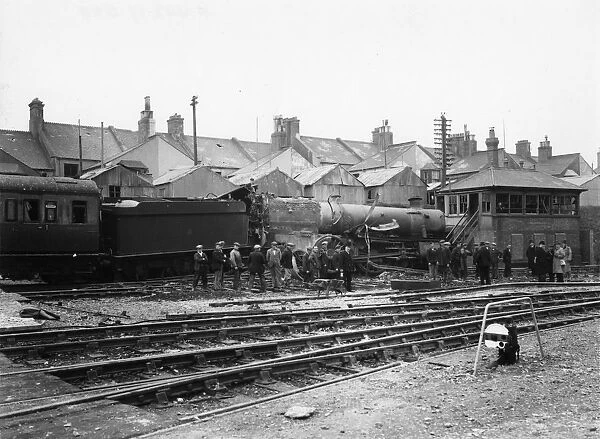Moving the subject slightly but keeping within the context of railways and the Second World War, I read recently the book The Bombing of Auschwitz: Should the Allies Have Attempted It?, edited by Michael Neufeld and Michael Berenbaum, where the question of bombing of the railway lines leading to the camp was mentioned quite a few times by the contributors, but hardly discussed in any detail. Such bombing was, quite understandably, asked of the British and US governments once the news emerged of the mass killings in the camp's gas chambers, but was it actually feasible or would it have made much difference even if it were feasible?
It seems to me that the chances, once Allied bombers were in range of Poland, that is from aerodromes in Italy from mid-1944, of successfully disrupting the lines in question were minimal, taking into consideration that a railway line is an extremely thin target, around 25 feet wide for double track, especially from the usual bombing height of 15,000 to 20,000 feet, and thus only likely to be hit by luck. Also, railway lines, especially those laid on fairly level ground, are easily repaired, and even those on embankments and viaducts can be repaired relatively quickly (the routes into London, many of which were damaged in the Blitz, were mainly repaired within a day or two). (The same argument around accuracy applies to the related question at the time of bombing the gas chambers themselves, half a dozen buildings each no bigger than a tennis court.) Knocking out a big bridge is also difficult; the important Bielefeld viaduct in the Ruhr was only put out of use in early 1945 when a ten-ton bomb was dropped on it. To render a railway system impassable, one needs a constant campaign of low-level attack, rendering repair a constant task. This requires ground-attack planes and air superiority: this increasingly applied to Western Europe from mid-1944, but not Southern and Eastern Europe mainly because of the limited range of such planes.
Another factor barely discussed in the book was that if a train of deportees, who were locked into goods wagons without sustenance, had been held up by successful bombing of the track, the Nazi authorities would not have hesitated to have had it left in a siding for a day or two, as they were indifferent to whether deportees died en route, as many were dead upon arrival even when the trains ran to schedule.
The discussion of this question has involved political and aeronautical historians, each with his own expertise and inevitable gaps in knowledge; I think that having someone on board with some knowledge of railways would have made the discussion more fruitful.



